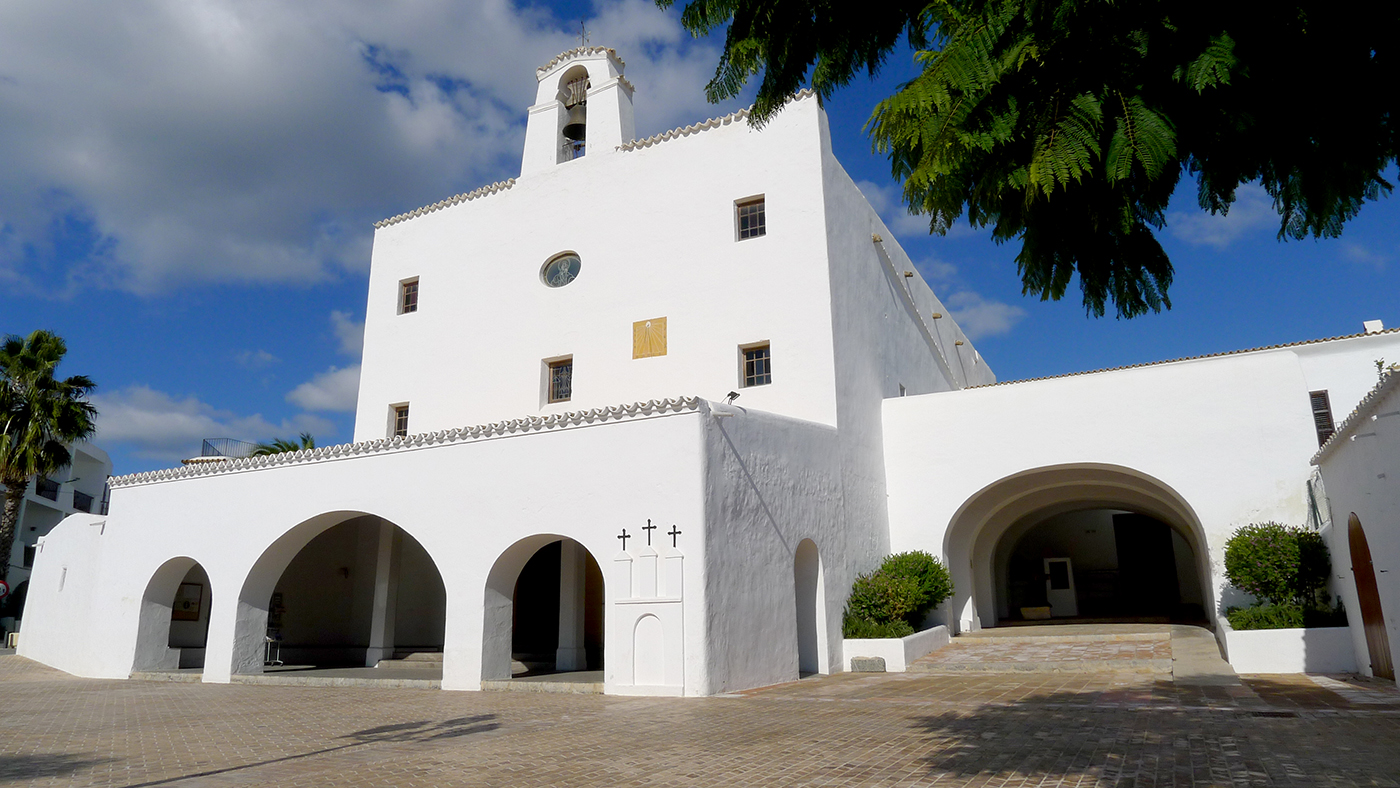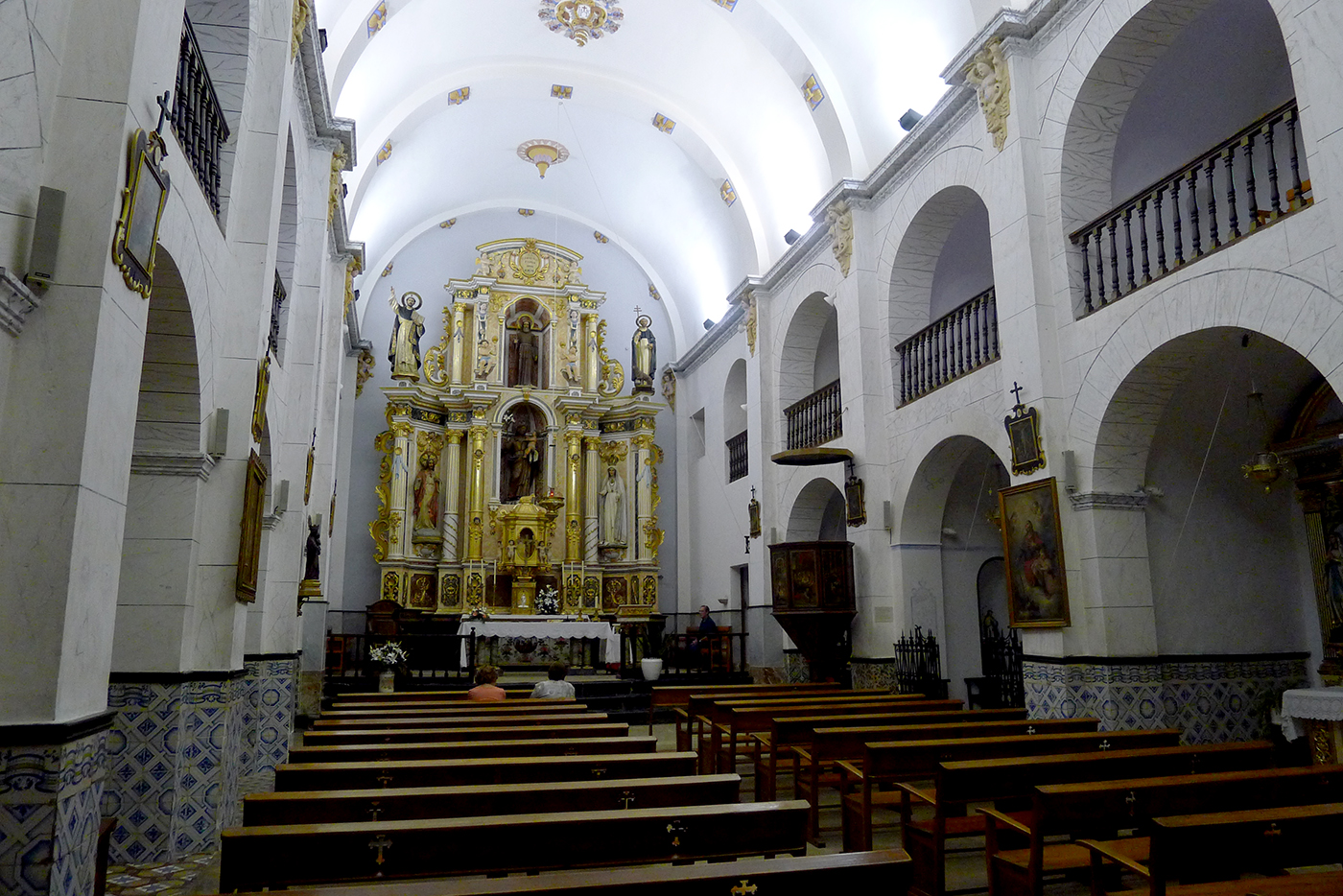
13 Dec St. Joseph, a church ahead of its time
If two posts ago we told the story of the church of es Cubells, one of the most recent in rural Ibiza, this time we want to stop at Sant Josep, one of the largest on the island, also very close to Es Torrent. Like so many other island temples, it was not built in a village, but in a place where there was nothing and the urban nucleus that exists today ended up being created around this church.
At the beginning of the eighteenth century, beyond the city, there were only four fortified temples built by Christians in the years following the reconquest (Santa Eulària, Sant Miquel, Sant Jordi and Sant Antoni) and the church of Jesus, from the fifteenth century. The rest of the Pitius churches were erected from 1785, with the establishment of the Diocese of Ibiza and Formentera and the arrival of the first bishop, Manuel Abad and Lasierra.
The only exception in this long parenthesis was, precisely, the church of Sant Josep, which the neighbors of es Vedrans and Benimussa insisted and, after obtaining authorization from the bishop of Tarragona, on whom the Pitiüses depended, they erected with their own hands, between 1727 and 1731. Halfway through construction, they had the help of Pere Ferro, Denia’s master builder, who had traveled to the island to rebuild the Dominican convent of Dalt Vila, severely damaged by the accidental explosion of the powder keg, caused by lightning, in 1730.
The result of that effort was one of the most important monuments on the island, both in terms of aesthetics and dimensions. The church of Sant Josep stands out for its whitewashed and imposing façade, totally symmetrical, with a porch with a triple arch -from half a point on each side and lowered and wider in the central part-, and an upper body with two lines of holes and a bell tower centered as a crown.
The interior also stands out for its height, the barrel vault supported by five arches and the side chapels and the sling. The altarpiece is one of the largest on the island and was built in the fifties of the twentieth century in imitation of the original Baroque, which was destroyed during the Civil War.
At Es Torrent we like to encourage our customers to visit it, as it is an essential element of the historical-artistic heritage of the island. It is a temple created by peasants and fishermen, who spared no effort to make it a reality.









No Comments